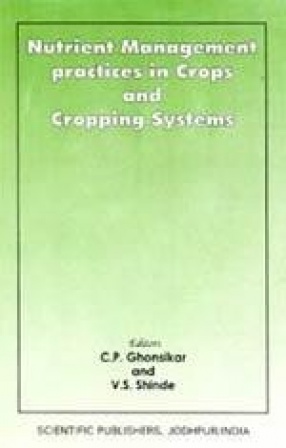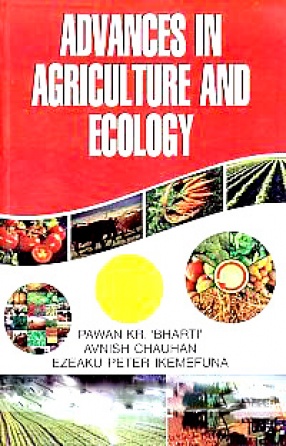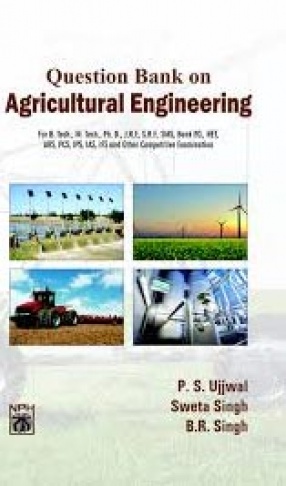Nutrient management in crops and cropping systems has assumed greater importance in raising productivity. Cost effectiveness is an important consideration towards technology adoption. Emphasis, therefore, now is on developing nutrient management practices that can yield optimum yields. Such practices will necessarily integrate all possible options using different nutrients sources such as chemical fertilizer, organic manures, crop residues, green (leaf) manuring and bio-fertilizers. It has been a general practice of applying N,P and K to non-leguminous crops and P or P and K to legumes. However, with changes and adoption of different cropping systems, nutrient management practices have shown a greater variability. A great volume of information is available on nutrient use in different crops. Very few records are available on the use of nutrient(s) in cropping systems, the information is scattered in various research articles. The present book is a compilation of chapters on nutrient management practices to attain optimum maximum yield of a particular crop and crop based cropping systems with a systems approach. The subject matter in each chapter has focused attention on different technologies that are being practiced for nutrient management in a crop specific cropping system supported by research data, perceptions and practices related to plant nutrient(s) use. The chapters have been written by crop specialists, leading research workers, project directors/coordinators and heads of research centers and national institutes; this book will catch interests of research scientists, extension workers, postgraduate students, educated farmers and management personnels.
Advances in Agriculture and Ecology
$84.60
$94.00





There are no reviews yet.